A note from our founder
Hello folklore friends, I hope the rest of November treated you well. I can’t believe it’s already time for another newsletter and to reveal this month’s speaker!
I’ve had a good month. Chris Wood’s talk about alchemy and its practice by several well-known gentlemen associated with Norfolk was fascinating and well-received.
Happily, I seemed to have several alchemical synchronicities in the lead-up to the talk. Some of them are pictured below.
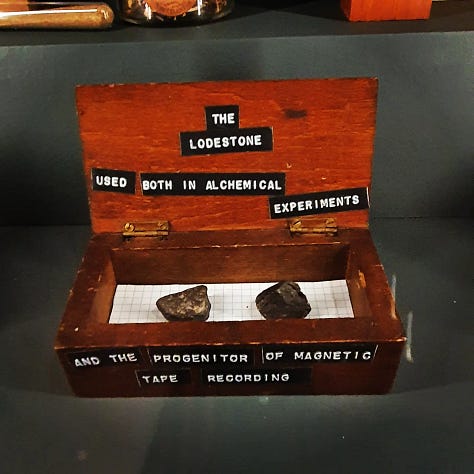
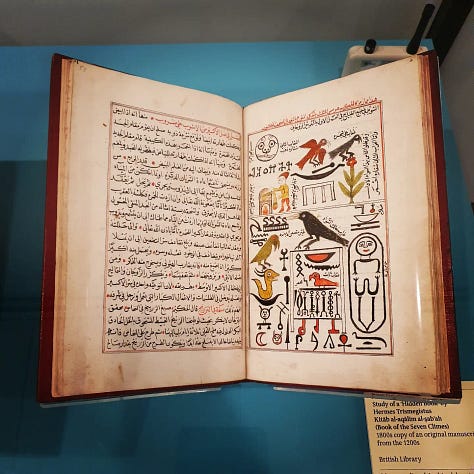
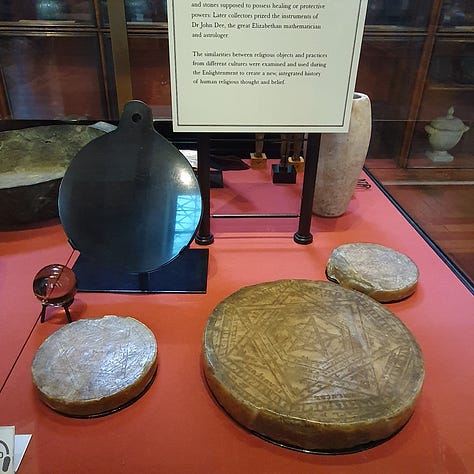
But, now on to this month’s theme: Yule. The festive season is just round the corner and I’m sure many of you are well into preparations for Christmas. But how many of us will celebrate Yule on the 21 December? As winter solstice is drawing near, I’ve been thinking a lot about how important the solstices actually are. I started properly mulling this over after watching the Netflix documentary Ancient Apocalypse with Graham Hancock. I have heard that some of Hancock’s theories are controversial, and I wasn’t convinced by all of his arguments, but that discussion is for another time!
One thing I did take away from the series was how important the winter and summer solstice were to our ancestors. So many ancient monuments across the world are aligned to the solstices that it can’t be a coincidence. The whole world seemed to know these two days had significance.
I only really started paying proper attention to these special days in 2019, and they became even more special during lockdown and now I make an effort to acknowledge these important moments in the wheel of the year. This year I was lucky enough to celebrate in California. My friends and I watched the sunset, ate cake and gave some offerings to the ocean. This year for Yule I’ll be continuing the tradition of watching the sunset at our very own Arminghall Henge and leaving a small offering and then heading to Arboretum for a very special Yule treat.
I guess what I’m trying to say is that if you can, take a few moments on a solstice to raise a glass to the turning of the wheel and remember your ancestors and how they honoured their connection with the natural world.
Siofra 💚
Our next Norfolk Folklore Society talk
Fairytales with Viktor Wynd
Wednesday 21st December 2022
£7+ Eventbrite fee
7.30pm - Arboretum, 43 St. Benedicts St, Norwich NR2 4PG
I am so, so, so excited to announce our December speaker at the Norfolk Folklore Society. The wonderful Viktor Wynd will be joining us to share a few of his favourite fairy tales. Accompanied on the guitar by Boris and Christian Aldridge, Viktor’s tales may or may not contain real life fairies, mermaids, changelings, trolls and deeply unpleasant if not downright evil characters. A superb storyteller, atmospheric music and the Victorian parlour atmosphere of our host venue combine to create the perfect pre-Christmas event – after all, unsettling tales of the macabre have been part of festive traditions for centuries.
I really am thrilled that Viktor and friends are joining us for Yule and I hope to see you there too. Tickets are now exclusively available to our subscribers at the link above. They will go on general sale on Sunday 11 December.
IIf you haven’t had the pleasure of coming across Viktor Wynd and his work yet, you are in for a treat. He is the owner and curator of The Viktor Wynd Museum of Curiosities, Fine Art and Natural History at The Last Tuesday Society in London. The museum is a joy to visit (I plan to visit the week before Viktor’s talk, so I’ll make sure I share pictures on my Instagram account). Think cabinet-of-curiosities-meets-The- Pitt-Rivers-Museum-meets-antique-shop-meets-art-gallery and you’ll nearly be there. This extract from the museum’s website paints the picture much more eloquently than I can.
“The Museum will present an incoherent vision of the world displayed through wonder enclosed within a tiny space, no attempt is made at classification and comprehensiveness, instead the museum focuses on the pre-enlightenment origins of the museum as Wunderkabinett.
“Where contemporary museumology hides 90% of a collection, attempts to educate and explain, to put the world into neat little labelled drawers…this museum will merely display everything that has glittered & caught the eye of it’s founder – from rare priceless marvels of the natural and scientific worlds like Dodo Bones or speculum to the intriguing beauty of McDonald’s Happy Meal Toys, from old master etchings to prison inmates & mad women’s doodles, occultists paintings and pop art prints, the horrors and wonders of nature, two headed kittens and living coral. By placing the rare and the beautiful on the same plane as the commonplace, banal & amusing this museum seeks not to educate but to subvert, to show the world not in a grain of sand, but in a Hackney basement.
“The Museum has no overreaching aim beyond the theft of it’s visitors time and the hope that it will provide amusement by return & hopes to fill the vacuum between what the establishment elite believes is worthy of worship & what exists in the world.”
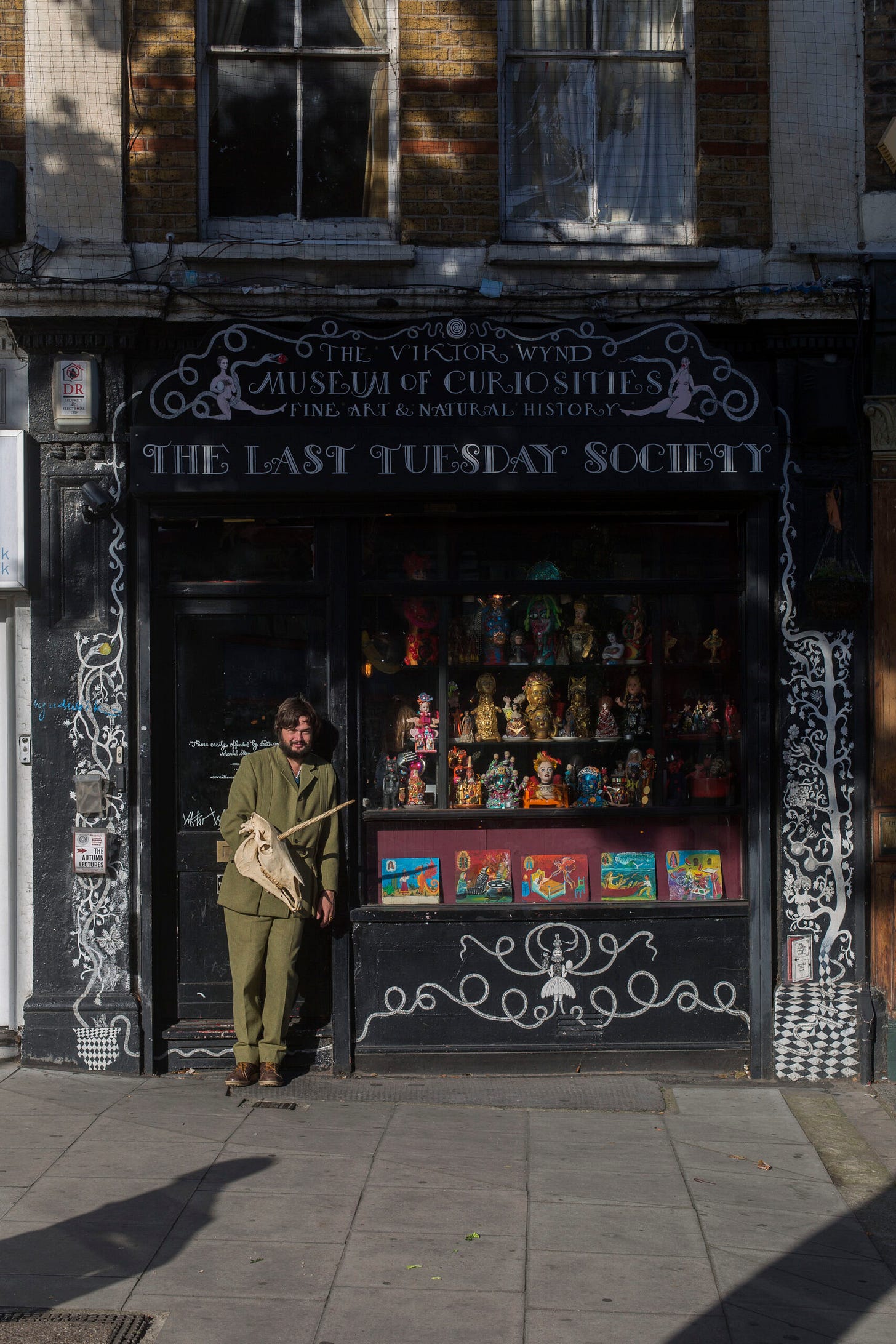
A seasonal cocktail inspired by the ancient Druids from The Last Tuesday Society
What better way to welcome Yule than with an Oak and Mistletoe cocktail, from The Last Tuesday Society’s cocktail bar owners?
This recipe appears in the wonderful Spirits of the Otherworld: A Grimoire of Occult Cocktails by Allison Crawbuck and Rhys Everett, a cornucopia of darkly delicious cocktails inspired by esoteric learning.
Crawbuck and Everett run the bar behind an unassuming shop front in Hackney which houses Viktor Wynd’s remarkable collection of curiosities.
A blend of Calvados, Scotch whisky and roasted apples , according to Crawbuck and Everett: “Inspiration for this cocktail is drawn from the ancient woodlands of the Druids. From the apple-producing regions of Normandy to the whisky oasis of Scotland, the spirits of the Britons and the Gauls offer pure magic when blended together. The flavours of these liquids are heightened by the powers of the wise oak tree…”
The Oak and Mistletoe
How to make an Oak and Mistletoe
30ml Calvados Chateau de Breuil
30ml Monkey Shoulder blended malt Scotch whisky
4 dashes Angostura bitters
15ml roasted apple syrup* (or half cloudy apple juice and half sugar syrup)
Stir all ingredients in an ice-filled shaker or jug. Strain into a large rocks glass filled with ice. Garnish with a slice of roasted or dried apple.
*roasted apple syrup
5g brown sugar
1tsp ground cinnamon
1 apple, cored and sliced
150g of caster sugar
100ml of water
Toss the apple in a mixture of cinnamon and brown sugar. Spread on a baking tray and bake at 175C in an oven for six minutes, turn and bake another six minutes. Keep a couple of slices back for garnishes. Add the rest to 100ml of water with the caster sugar. Heat gently until the sugar has dissolved. Take off heat and allow it to cool. Pour through a fine strainer into a jar. It should last for two weeks in the fridge.
· Spirits of the Otherworld: A Grimoire of Occult Cocktails & Drinking Rituals by Allison Crawbuck and Rhys Everett is published by Prestel.
Midwinter magic at Arminghall Henge
By Stacia Briggs
A footpath from White Horse Lane just outside Norwich leads into a wide meadow which dips and rises as if the turf has been laid haphazardly by a giant.
Spanned by pylons leading to a humming electricity sub-station, and ringed by train lines and the drone of the Southern Bypass, you have to work hard to tap into the old magic.
But it is there, hidden in those dips, the echoes of our ancestors rising once a year to greet the winter sun.
This site was discovered from the air in 1929 by Wing Commander Gilbert Insall VC, who spotted circular cropmarks on a flood bank of the River Tas below its junction with the Yare.
A week later, prehistoric Britain expert and archaeologist Osbert Guy Stanhope Crawford visited the site but it was not until 1935 that it was first excavated.
Arminghall’s hidden henge is surrounded by ring ditches, banks and funeral barrows within one of the densest collections of Late Neolithic and Early Bronze Age monuments in Eastern England. Its significance cannot be underrated.
Sir John Grahame Clark’s original excavation established that the circular rings spotted from the sky were two ditches, with the soil between them heaped up to form a bank. A viewing platform, archaeologists believe.
In the middle of the rings would have been a wooden henge. Eight huge tree trunks up to 10m tall that dwarfed the people who stood below them.
Built on land above a valley where three rivers meet, this was once a deeper valley, meaning that in its heyday, the 12m timber circle surrounded by a 76m earthwork henge would have looked spectacular from its vantage point.
A horseshoe of posts stood like silent sentries, as part of a wider group of ceremonial sites in this area which also includes nearby Markshall and a clutch of funeral barrows close by.
Underground, the dead are with us at this sacred spot, albeit likely in the form of dark shadows, the traces of poorly preserved bones that have crumbled to dust over many millennia.
Arminghall henge is believed to have been aligned with Chapel Hill to the south-west, now obliterated by the London to Norwich railway line, where in midwinter, the sky offered a gift to those who watched it.
Here was a magical gateway to a winter wonderland: as the Winter solstice sun set, if you viewed it from what was once a mighty henge, it set down the slope of nearby high ground, like a ball of fire rolling down a hill and into the river.
Archaeologists dug the Arminghall site earlier this year under the watchful eye of Andy Hutcheson from the University of East Anglia’s Sainsbury Institute.
Andy estimates that the size of the site means gatherings of up to 2,000 people could have happened here, and the winter solstice would have been hugely significant.
After endless long nights, when stocks of food were low after the bounty of summer and autumn, when the ground was frozen like iron and the sun barely scraped above the horizon all day, that rolling ball of fire would have signified hope that days would lengthen and warmth would return.
After the excavation, Dr Hutcheson said the team now believed that the wooden henge was deliberately set alight during a winter gathering.
He said: “They [the henge posts] were at least 10m above ground so the circle would have been pretty impressive. A huge amount of people would have been needed to bring the timbers to the site and put them in place.”
When the henge was finally destroyed, Dr Hutcheson says it is believed the timber circle was burnt and its remains added to the earthworks.
“It would have been a hell of a bonfire which burnt for days,” he said.
Winter Solstice marks the 24-hour period with the fewest daylight hours of the year and this year falls at precisely 9.48pm: daylight lasts for seven hours, 49 minutes and 42 seconds on this, the longest night of all.
A note from Siofra: Having worked with photographers for many years, I am very aware of image copyright. I haven’t been able to find any copyright free aerial images of the site, but if you pop on over to the Norfolk Heritage Explorer at this link you’ll be able to see the original photos
The Mistletoe Bride
In this seasonal episode from the Weird Norfolk Archive, Stacia and I share the legend of the Mistletoe Bride. Norfolk’s very own Brockdish Hall is said to be one of the (many) possible locations for this chilling tale. So, snuggle down with a hot chocolate and mince pie and learn where not to hide during a game of hide and seek…
As well as listening to Stacia and I witter on, I would also recommend this short film from the BFI archives.
Thank you so much for taking the time to read this far. I hope you enjoyed this month's little offering.
Stacia and I will be back in January with a suitably themed newsletter to announce our next speaker.








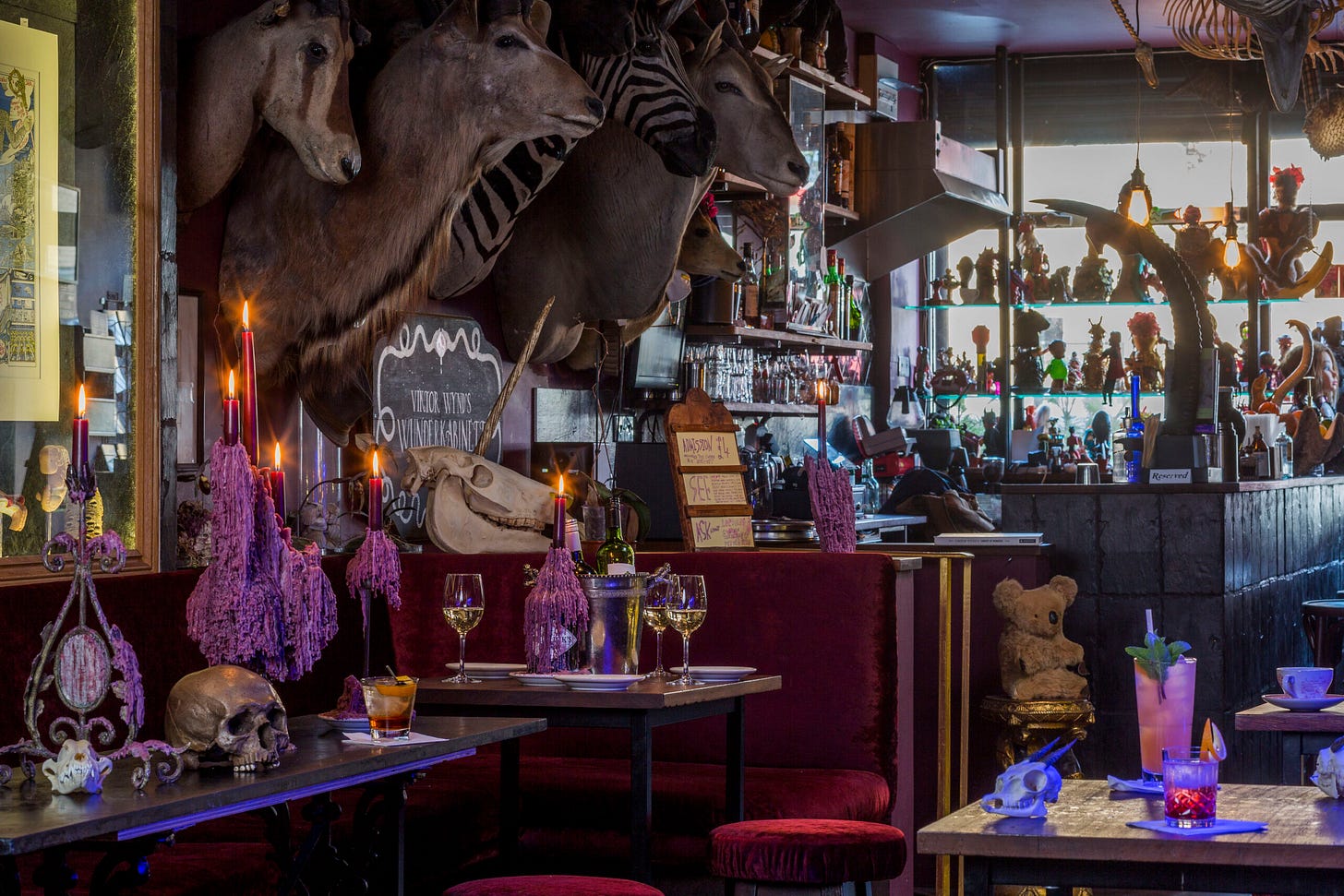
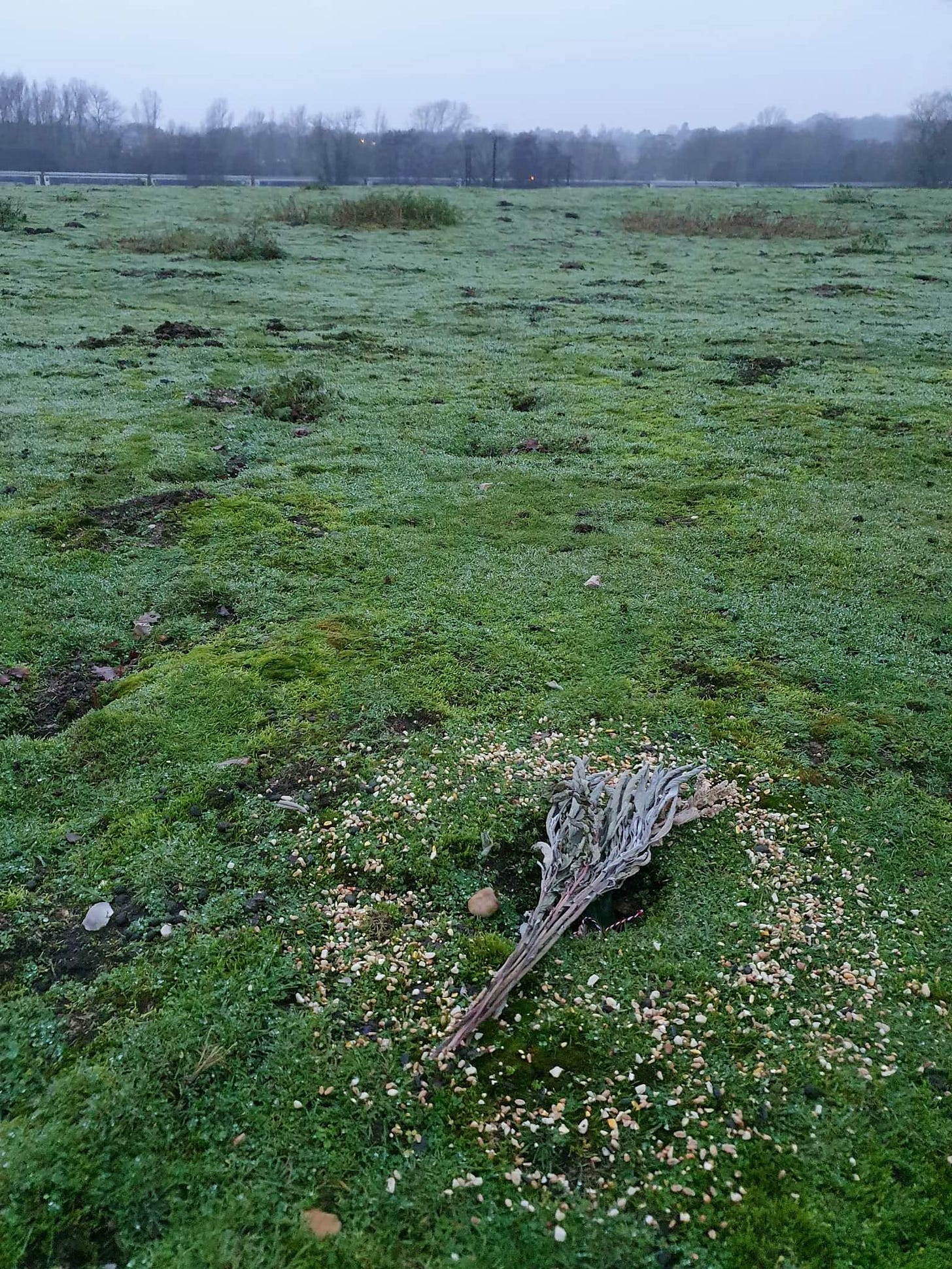


Such a varied newsletter which I thoroughly enjoyed, thank you. I remember visiting Arminghall henge during the dry summer of 2006 when the crop marks of the post holes were visible as darker patches. Spine-tingling, and all the more so now that I know that the timbers were probably set alight. Can you imagine how the whole thing would have looked from across the valley?